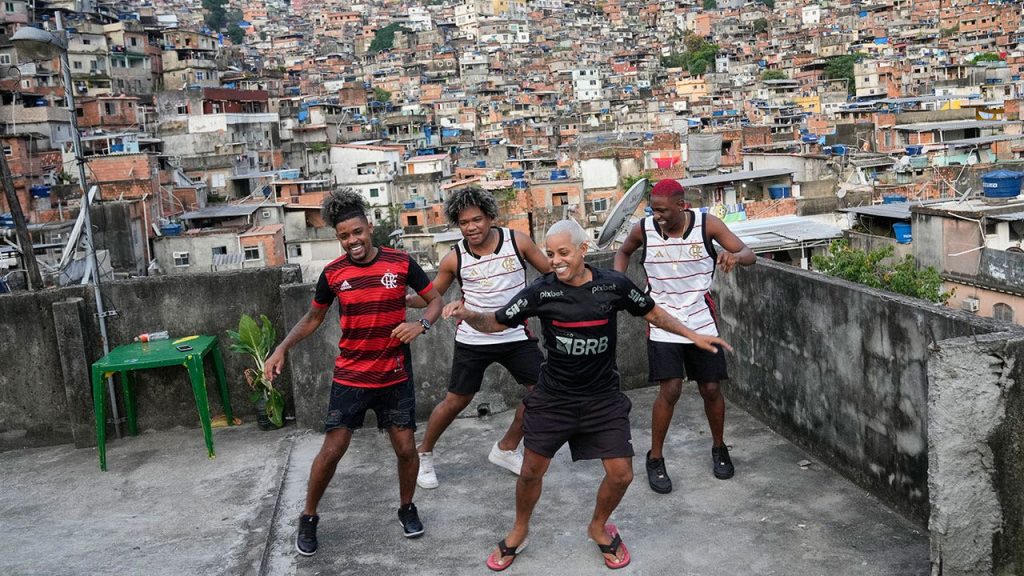Passinho is a vibrant dance style originating from Rio de Janeiro’s favelas, which received official recognition as an “intangible cultural heritage” in Rio. State Legislator Veronica Lima proposed a law that was passed unanimously to destigmatize funk music and artistic expressions originating from favelas. The dance style was created by young kids in Rio’s favelas in the 2000s, incorporating elements from various dance forms such as break dancing, samba, capoeira, frevo, and Brazilian funk music. They shared their moves on social media platforms like Orkut and YouTube, leading to the spread of passinho to other favelas and the formation of a competitive scene.
The creators of passinho were young kids who started trying out new moves at home and showcasing them at funk parties in their communities. As passinho gained popularity, a competitive scene emerged, leading to the organization of “passinho battles” by Brazilian producer Julio Ludemir in the early 2010s. This helped in discovering talents and providing a platform for youths to showcase their skills. Passinho also gained international recognition, with a performance at the opening ceremony of the Rio 2016 Olympic Games and duels at the “Out of Doors” festival at New York’s Lincoln Center in 2014.
Passinho was recognized as an intangible cultural heritage by Rio’s legislative assembly through a law proposed by Veronica Lima, to help destigmatize funk music and artistic expressions originating from favelas. This designation is expected to solidify the first generation of passinho dancers as an inspiration for youths in favelas. Dancers like Pablo Henrique Goncalves, known as Pablinho Fantástico, and the dance group OZCrias, have been able to earn a living through passinho performances at festivals, events, theaters, and TV shows. Another group, Passinho Carioca in the Penha complex of favelas, is led by Nayara Costa who uses passinho to help youngsters and teach anyone interested in learning.
Passinho, described as an expression of Brazilian “antropofagia,” cannibalizes elements from various dance forms to create something new. It became a means for youths in favelas to move between communities controlled by rival drug gangs and offered them an alternative to a life of crime or pursuing the typical dream of becoming a soccer star. The dance style was instrumental in changing the lives of youngsters involved in drug trafficking, like Nayara Costa who uses passinho to help others and provide classes to people of all ages.
Passinho has transcended its roots in Rio’s favelas and disconnected from funk parties often associated with crime to gain mainstream recognition. The dance style has allowed young people from favelas to earn a livelihood, express themselves creatively, and connect with a broader audience. The heritage recognition of passinho is expected to solidify its cultural significance, inspiring future generations of favelas youths to embrace their artistic expressions and cultural heritage. The dance style continues to evolve and innovate, absorbing influences from various cultures and digital platforms, and providing a platform for young talents to showcase their skills and creativity.


